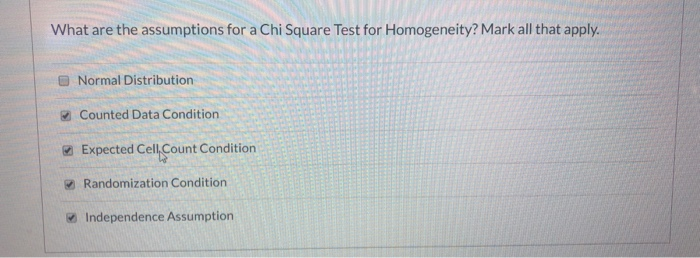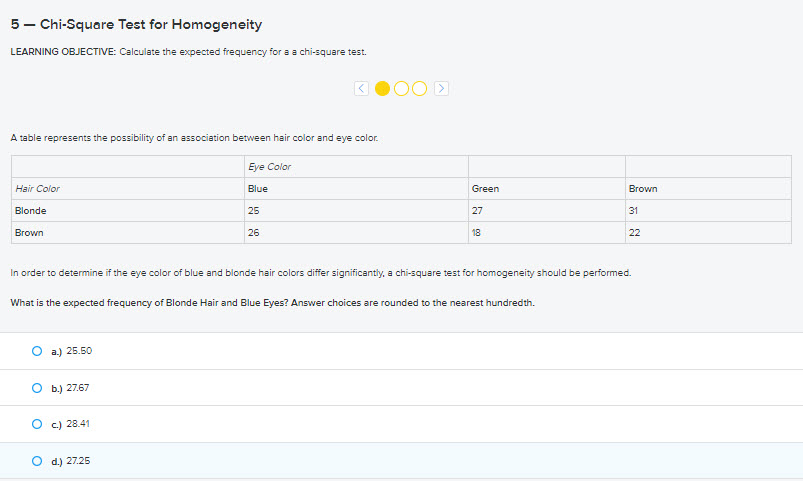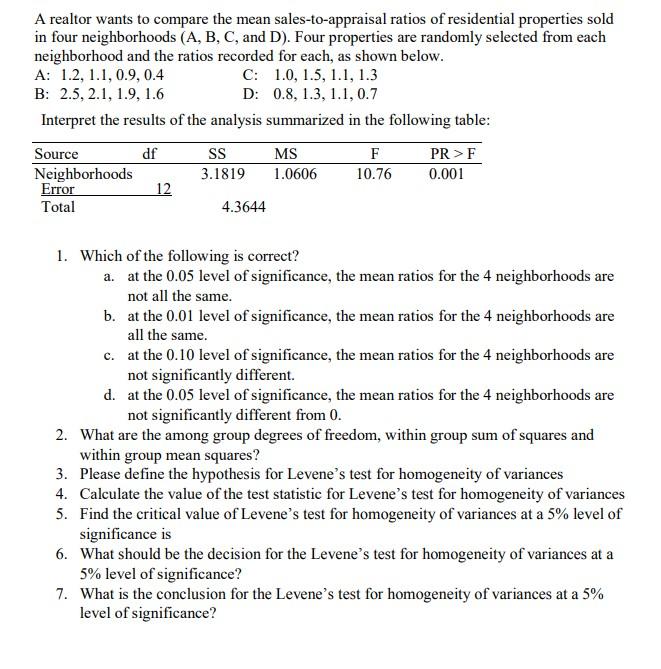Question
How might I address practice 5.13 from Bayesian information Analysis from Andrew Gelman utilizing stan and 'noninformative' hyperprior utilizing stan? I don't know to the
How might I address practice 5.13 from Bayesian information Analysis from Andrew Gelman utilizing stan and 'noninformative' hyperprior utilizing stan? I don't know to the correct method to make the stan model.
The 5.13 inquiry is (remember that I need to tackle utilizing Stan and noninformative hyperpriors - the book is free and accessible at: https://users.aalto.fi/~ave/BDA3.pdf) :
"Exercise 3.8 portrayed a study of bike traffic in Berkeley, California, with information showed in Table 3.3. For this issue, confine your consideration regarding the initial two lines of the table: private roads marked as 'bicycle courses,' which we will use to outline this computational exercise.
(a) Set up a model for the information in Table3.3so that, for j= 1,...,10, the noticed number of bikes at area j is binomial with obscure likelihood ?j and test size equivalent to the complete number of vehicles (bikes remembered) around there. The boundary ?j can be deciphered as the hidden or 'genuine' extent of traffic at area j that is bikes. (See Exercise3.8.) Assign a beta populace dissemination for the boundaries ?j and a noninformative hyperprior circulation as in the rodent tumor illustration of Section 5.3. Record the joint back appropriation.
(b) Compute the minor back thickness of the hyperparameters and draw recreations from the joint back dispersion of the boundaries and hyperparameters, as in Section 5.3.
(c) Compare the back circulations of the boundaries ?j to the crude extents, (number of bikes/complete number of vehicles) in area j. How do the inductions from the back dispersion vary from the crude extents?
(d) Give a 95% back stretch for the normal hidden extent of traffic that is bikes.
(e) another city block is inspected aimlessly and is a private road with a bicycle course. In an hour of perception, 100 vehicles of different types pass by. Give a 95% back stretch for the quantity of those vehicles that are bikes. Examine the amount you confide in this span in application.
(f) Was the beta dissemination for the ?j's sensible?



Step by Step Solution
There are 3 Steps involved in it
Step: 1

Get Instant Access to Expert-Tailored Solutions
See step-by-step solutions with expert insights and AI powered tools for academic success
Step: 2

Step: 3

Ace Your Homework with AI
Get the answers you need in no time with our AI-driven, step-by-step assistance
Get Started


